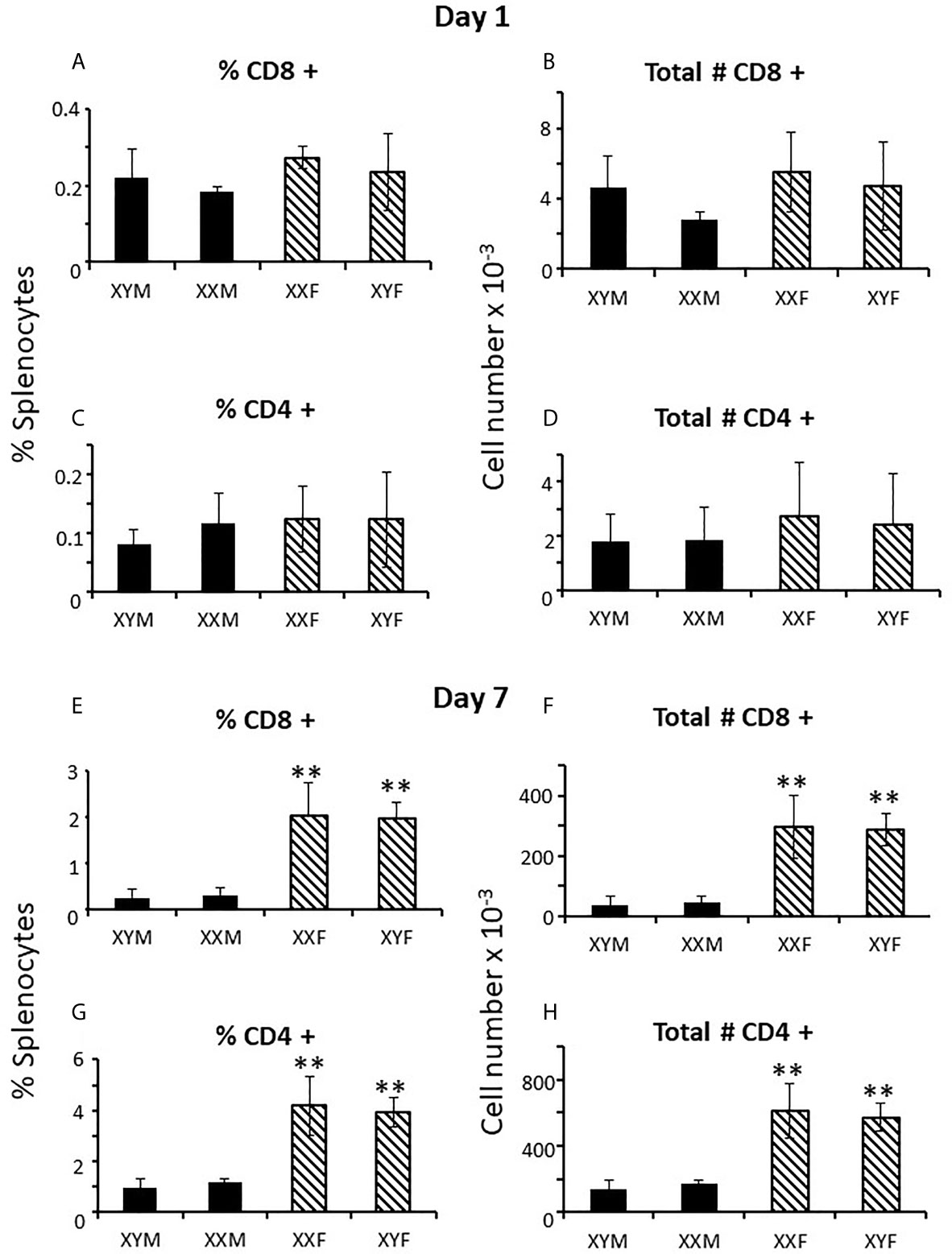

Only 6 of the 23 major groups known from fossils are represented by species that survive today. They are probably only a small fraction of those that actually lived. Rather than having an anterior–posterior (head–tail) and dorsal–ventral (back–belly) body organization, echinoderms have an oral side (containing the mouth) and an opposite aboral side (containing the anus).Įchinoderms have unique structural featuresĪbout 13,000 species of echinoderms in 23 major groups have been described from fossil remains. As is typical of animals with radial symmetry, echinoderms have no head, and they move equally well (but usually slowly) in many directions. Echinoderms, however, undergo a radical change in form as they develop into adults ( FIGURE 23.32B), changing from a bilaterally symmetrical larva to an adult with pentaradial symmetry (symmetry in five or multiples of five). Adult hemichordates also are bilaterally symmetrical. The echinoderms and hemichordates (together known as ambulacrarians) have a bilaterally symmetrical, ciliated larva ( FIGURE 23.32A). Echinoderms evolved their adult forms with unique symmetry (in which the body parts are arranged along five radial axes) much later, whereas other deuterostomes retained the ancestral bilateral symmetry. The earliest deuterostomes were bilaterally symmetrical, segmented animals with a pharynx that had slits through which water flowed. Go to ANIMATED TUTORIAL 23.3 An Overview of the Deuterostomes Note that neither of the above factors is apparent in the morphology of the adult animals. Recent phylogenetic analyses of the DNA sequences of many different genes offer strong support for the shared evolutionary relationships of deuterostomes.Deuterostomes share a pattern of early development in which the mouth forms at the opposite end of the embryo from the blastopore, and the blastopore develops into the anus (this is opposed to the protostomes, in which the blastopore becomes the mouth).Two major pieces of evidence indicate that the deuterostomes share a common ancestor not shared with the protostomes: Adult sea stars, sea urchins, and sea cucumbers-the most familiar echinoderms-look so different from adult vertebrates (fishes, frogs, lizards, birds, and mammals) that it is difficult to believe all these animals are closely related. It may surprise you to learn that you and a sea urchin are both deuterostomes. Concept 23.5: Deuterostomes Include Echinoderms, Hemichordates, and Chordates


 0 kommentar(er)
0 kommentar(er)
